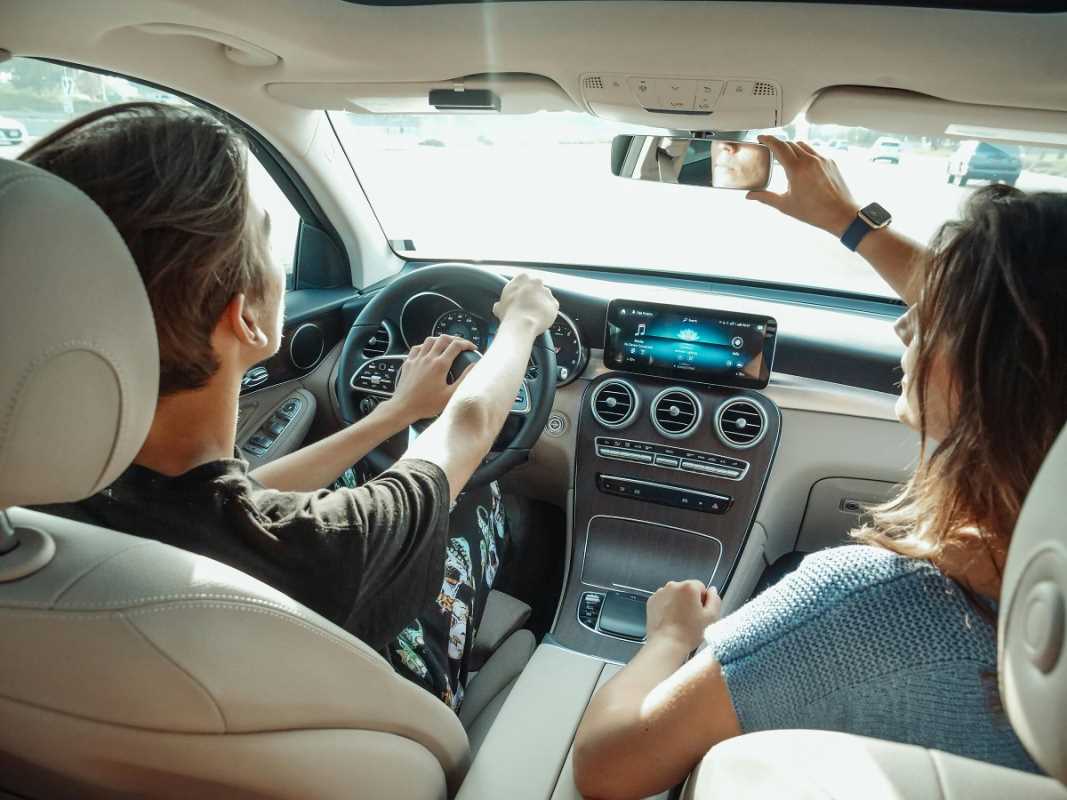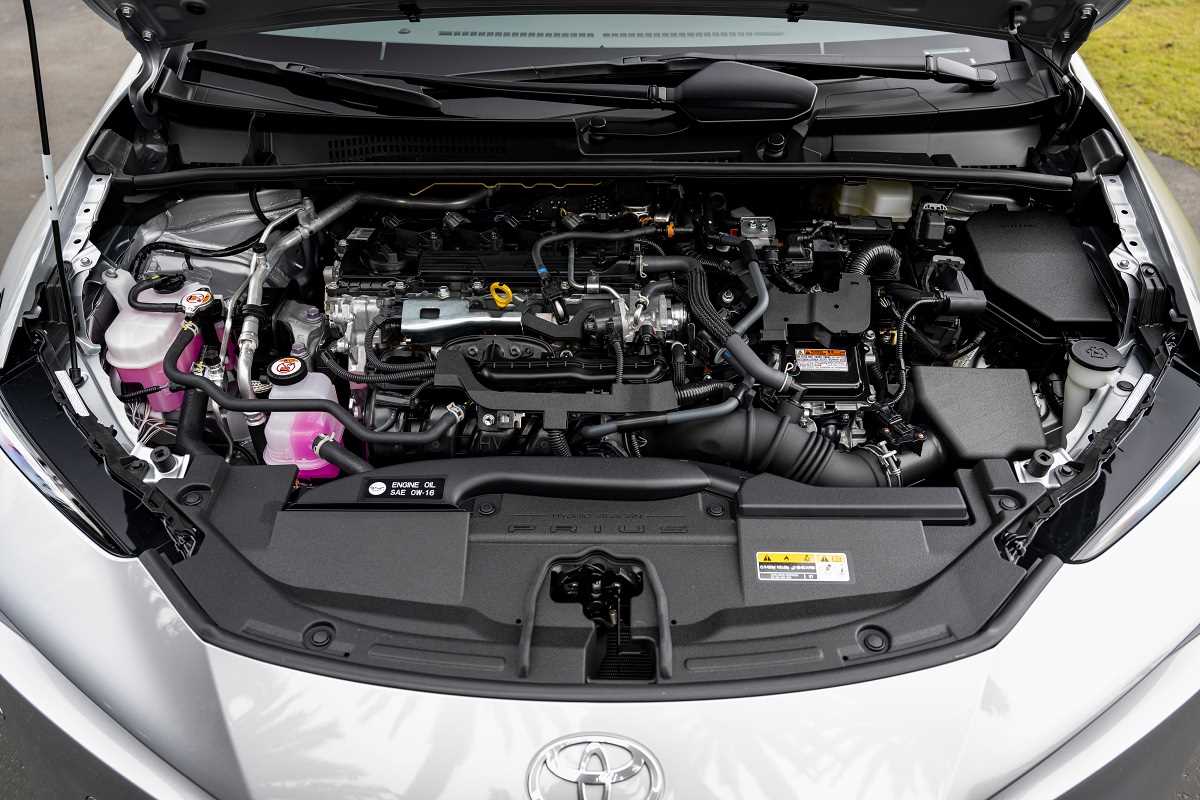Driving has come a long way since the days of steel-heavy vehicles with minimal safety measures. Today, advanced car safety technologies enhance protection and actively work to prevent accidents. For new drivers, seniors, and tech enthusiasts, understanding these features is essential to appreciating how they can make driving safer, more comfortable, and, ultimately, more enjoyable. Let's explore the science behind modern car safety features and how they’re transforming the driving experience.
Adaptive Cruise Control
Adaptive Cruise Control takes traditional cruise control to the next level by using radar and camera systems to monitor the distance between your vehicle and the one ahead. By automatically adjusting your car's speed to maintain a safe gap, ACC minimizes the need for constant acceleration and braking, reducing driver fatigue—especially during long stretches of highway driving.
Beyond comfort, ACC also enhances safety by anticipating potential collisions if the vehicle ahead suddenly slows down. By maintaining a consistent and safe following distance, this feature helps reduce rear-end collisions and promotes smoother traffic flow.
Key Benefit
For new drivers, ACC provides added reassurance on the road, while seniors benefit from less strain during extended trips. Tech lovers will appreciate the integration of AI and sensor technologies that make this system so effective.
Lane Departure Warning Systems
Lane departure warning systems are specifically designed to prevent unintended lane drifting, a common cause of accidents. This system uses sensors or cameras to detect lane markings and emits visual or audible alerts when your vehicle begins to veer out of its lane without signaling.
The science lies in its ability to differentiate between intentional lane changes and accidental drifting caused by distractions or drowsiness. This feature is particularly helpful on highways, where maintaining consistent positioning is crucial for safety.
Why It Works
The real value of LDWS comes during monotonous or long drives, where fatigue can lead to unintentional drifting. For seniors, the reminder can be a critical situational aid, while novice drivers gain a useful "safety net."
Automatic Emergency Braking
Automatic Emergency Braking (AEB) is one of the most groundbreaking advancements in car safety. Using a combination of forward-facing cameras, radar, and sensors, AEB detects imminent collisions. If you fail to respond in time, the system automatically applies the brakes to avoid or mitigate the impact.
One standout real-world example of AEB's effectiveness is its ability to prevent pedestrian accidents. Whether it’s a child darting into the street or a quick-moving cyclist, AEB technology can react in those critical milliseconds when human reflexes might falter.
Making a Difference
Studies show that vehicles equipped with AEB experience significantly fewer frontal crashes. New drivers gain peace of mind knowing a safeguard is in place, and seniors can benefit from the reassurance of split-second accident prevention.
Blind Spot Detection
Even experienced drivers find blind spots challenging—a momentary oversight can lead to dangerous situations on the road. Blind Spot Detection (BSD) uses sensors to monitor vehicles in your blind spots, issuing visual or audible warnings when another vehicle is detected.
The technology also accounts for emerging situations, such as rapidly approaching cars in adjacent lanes. While BSD provides critical assistance, it's important to remember that no system can replace vigilant lane-checking.
Future Potential
Newer systems are evolving to include active assistance, allowing the car to intervene if a lane change is attempted while another vehicle is in the blind spot. This feature resonates with tech enthusiasts eager to see AI’s potential in the driving space.
Rearview Cameras and Parking Assist
Parallel parking and tight spaces can be daunting for any driver. Rearview cameras and parking assist systems significantly reduce the guesswork by providing clear visuals of what’s behind your vehicle. Advanced versions include sensors and steering assist to guide you safely into even the trickiest spots.
These systems work by combining wide-angle cameras with ultrasonic sensors that detect obstacles, such as curbs, bikes, or pedestrians. They not only enhance convenience but also dramatically reduce the likelihood of parking-related accidents.
A Game-Changer
For seniors, this technology minimizes the physical strain of twisting to look behind, while new drivers find confidence in challenging parking scenarios. It’s a prime example of technology replacing stress with convenience.
Advanced Airbag Systems
Airbags have come a long way since their inception. Modern vehicles now feature advanced airbag systems, including side, curtain, knee, and even rear passenger airbags. These systems deploy based on crash severity, angle, and seat occupancy, offering tailored protection to reduce injury severity.
The science lies in sensors strategically placed throughout the vehicle. They calculate variables like impact force, passenger size, and position to determine how and when to deploy airbags.
For passengers of all ages, these systems enhance crash survival rates significantly. Seniors, in particular, appreciate the additional layer of security, while new drivers gain reassurance knowing they are surrounded by state-of-the-art safety measures.
Crash Avoidance Systems
Crash avoidance systems integrate various technologies—radars, cameras, and sensors—to identify potential risks and act preemptively. These systems include forward collision warning, cross-traffic alerts, and lane-keeping assist.
One of the most exciting aspects of crash avoidance systems is their ability to function as co-pilots, helping to prevent accidents by correcting errors or predicting hazards. For example, cross-traffic alerts warn drivers of oncoming traffic when reversing out of parking spaces.
Consumer Considerations
While these technologies represent a lifesaving evolution, it’s essential for drivers to stay informed about system capabilities and limitations. New drivers can learn safe practices alongside AI assistance, and tech enthusiasts will love exploring the latest advancements.
Today’s Features, Tomorrow’s Must-Haves
Modern car safety features are doing more than saving lives—they’re transforming the driving experience for everyone, from new drivers to seniors and tech enthusiasts. By integrating these technologies into your vehicle, you’re not just staying current with trends—you’re prioritizing your safety and that of your passengers.
Whether you're a first-time driver looking to build confidence, a senior hoping to extend your independence, or a tech lover eager to enjoy the latest innovations, modern safety features provide an invaluable resource on the road. Safety isn’t just a feature; it’s a necessity—and these technologies bring us closer to an era where every drive feels safer and more secure.
 (Image via
(Image via

.jpg)



